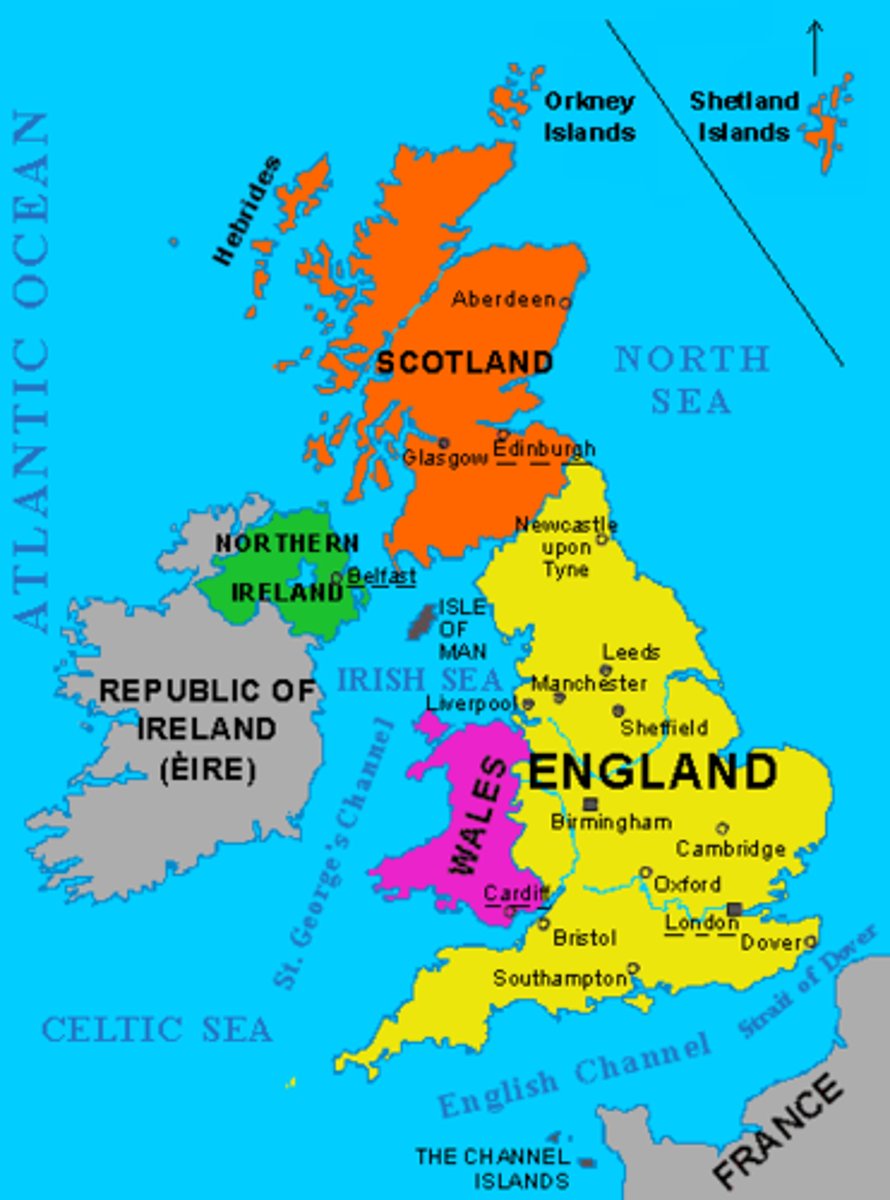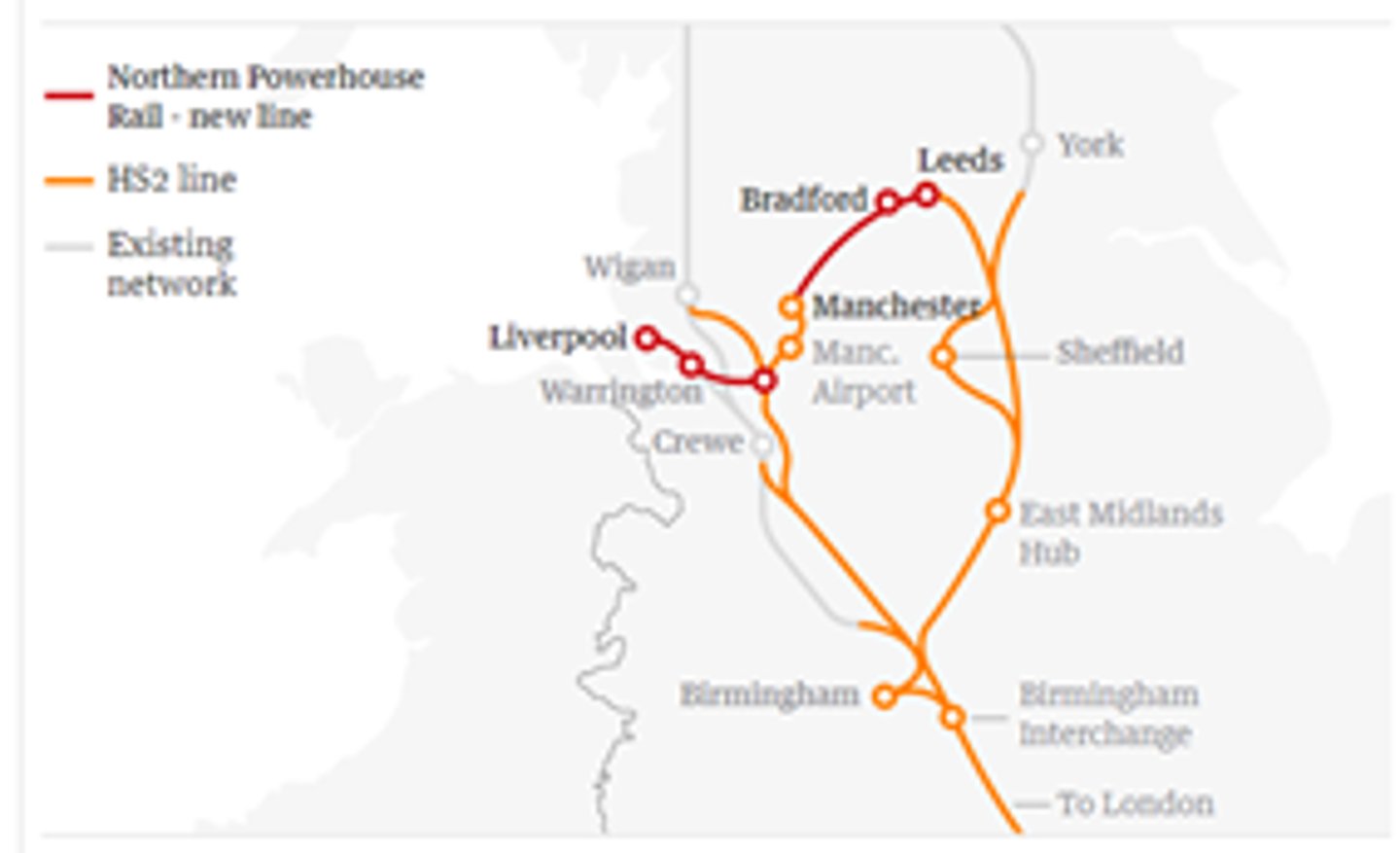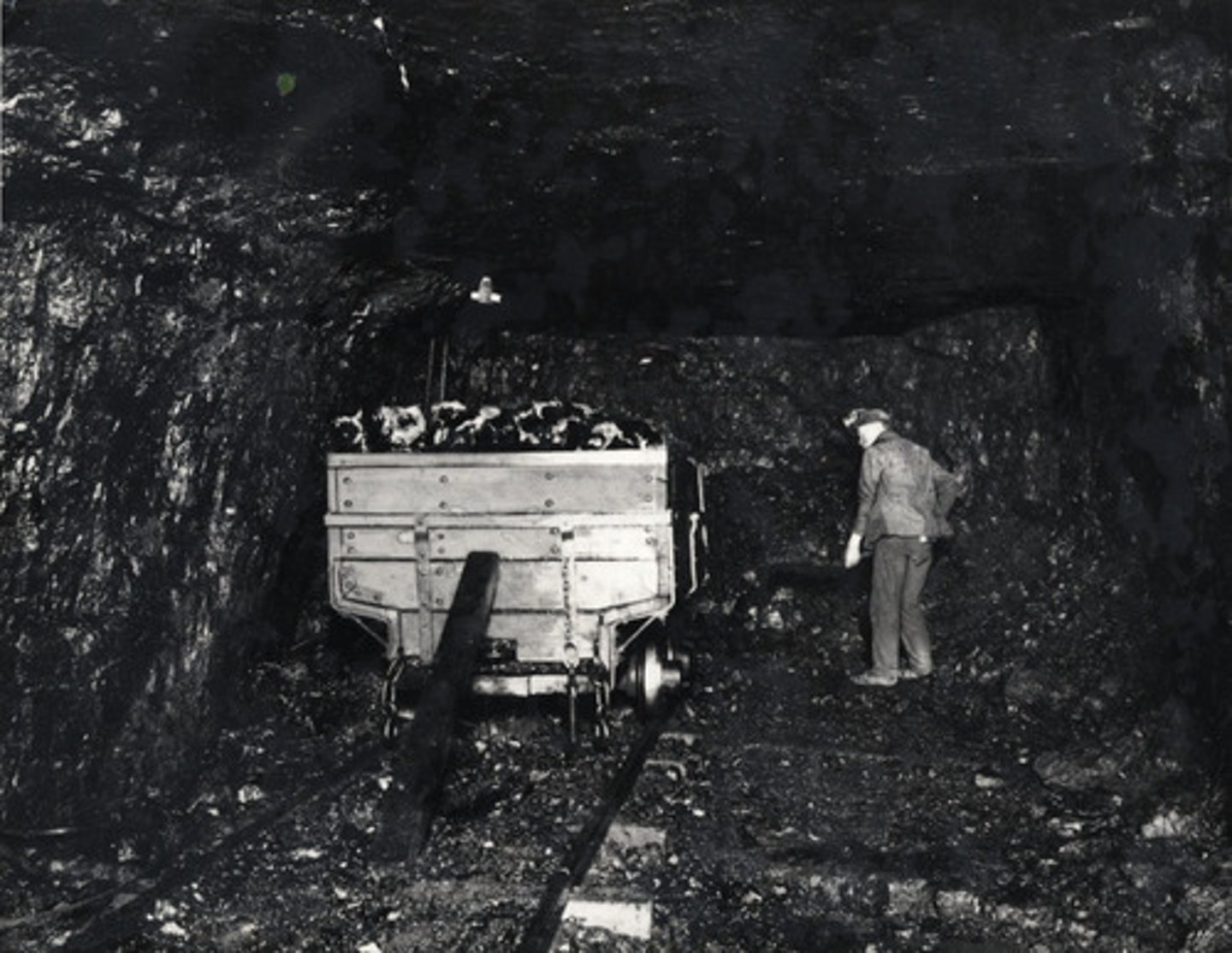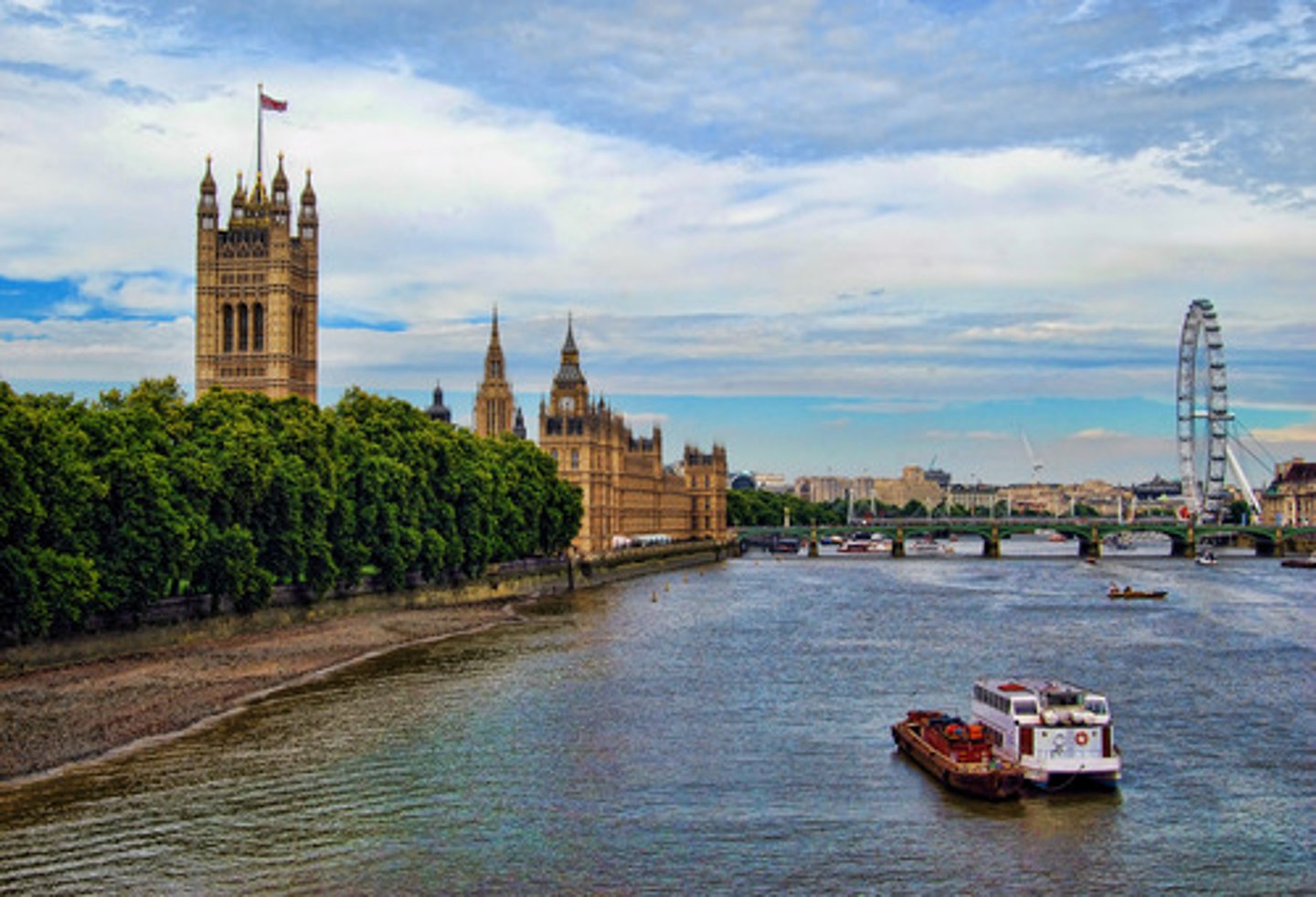Geography GCSE Edexcel B - Topic 5: The UK's evolving human landscape
1/70
There's no tags or description
Looks like no tags are added yet.
Name | Mastery | Learn | Test | Matching | Spaced |
|---|
No study sessions yet.
71 Terms
Describe the difference in population density between core and rural areas in the UK
The population density is higher in core areas than rural areas
What are the urban areas in the UK?
• Liverpool
• Greater Manchester
• Leeds
• Greater London
• Birmingham
• Glasgow
Where are the urban areas in the UK?
• Liverpool - Just above Wales on the coast
• Greater Manchester - Next to liverpool (east)
• Greater London - South West England
• Birmingham - in the middle of England
• Leeds - Just north east of Greater Manchester
• Glasgow - At a bottleneck in Scotland on the west coast

What are the counties in the UK?
• Scotland
• Northern Ireland
• North East
• North West
• Yorkshire & the Humber
• Wales
• West Midlands
• East Midlands
• South West
• South East
• London
• East of England
Describe the difference in age structure between core and rural areas in the UK
The population is older in rural periphery areas of the UK
Describe the difference in economic activities between core and rural areas in the UK
• Urban cores have higher concentration of economic activity - 60% of jobs in cities found there. Rural areas usually have fewer job opportunities.
• Urban cores made up of mainly tertiary and manufacturing industries whereas rural has more primary industries.
Describe the difference in the settlements between core and rural areas in the UK.
Rural areas are made up of smaller towns and villages and isolated farms. core areas are made up of larger cities which have a higher population density as there are lots of flats rather than small houses
Define Northern Powerhouse
The Northern cities of Liverpool, Manchester, Leeds, Bradford and Sheffield forming a major core region that almost rivals London's population for size. So politicians use this term because of the potential to drive the economy of northern England

Explain why core regions became core regions
Because of the multiplier effect. People migrate to the cities for work and to spend money earned there. This contributes to the economy and leads to greater things, developing the city more etc.
Describe 4 methods used by the government and EU to reduce differences between core and rural areas in the UK
𝗘𝗻𝘁𝗲𝗿𝗽𝗿𝗶𝘀𝗲 𝘇𝗼𝗻𝗲𝘀
Places where the UK government offers companies help with start- up costs, reduced taxes on profits, and access to superfast broadband. In 2015, there were 24 Enterprise Zones most are in urban locations.
𝗥𝗲𝗴𝗶𝗼𝗻𝗮𝗹 𝗱𝗲𝘃𝗲𝗹𝗼𝗽𝗺𝗲𝗻𝘁 𝗴𝗿𝗮𝗻𝘁𝘀
Include grants and advice to help businesses start up. Most are targeted at peripheral areas, but funds are small - investors have to raise 5.5 times the amount of any government grant.
𝗘𝗨 𝗴𝗿𝗮𝗻𝘁𝘀
These are funds to help the poorest regions of the EU whose GDP is below 75% of the EU average. Only Cornwall and part of Wales qualify.
𝗜𝗺𝗽𝗿𝗼𝘃𝗲𝗺𝗲𝗻𝘁𝘀 𝘁𝗼 𝘁𝗿𝗮𝗻𝘀𝗽𝗼𝗿𝘁
Transport improvements are vital to rural regions. Neither Cornwall or north Wales have any motorways. Most transport investment is taking place in England's urban core, e.g. the HS2 railway linking London, Birmingham, Manchester and Leeds.
Explain two main places where the UK has gotten their immigrants from?
• In the 1950s, responding to a shortage of workers, the UK encouraged immigration from former colonies in the Caribbean, India, Pakistan to fill jobs in industries such as textiles and steel. By 1971, about 1 million people had moved to the UK.
• In 2004 the enlargement of the EU meant that immigrants began to arrive from Eastern Europe, 80 % of the immigrants were aged 18 to 34. Many of these immigrants went to cities e.g. London to find jobs.
Explain two causes of UK population growth
• Net migration - people from other countries migrating to the UK for better quality of life. For example after the war the government encouraged people from the commonwealth to come to UK as there was a shortage of workers. About 1 million people moved there, as a result by 1971.
• Rising birth rates - more people being born because of foreign-born women having higher fertility rate than UK-born women for religious reasons.
Explain why there are differences in % population increase in different areas of the UK
• There's more jobs, opportunities and services in urban areas so increase faster. London growing at 1% per year.
• South West growing faster as people seek more affordable property and as more people retire there.
Explain the impacts of immigration on the UK
• Increased growth as more people moving into the country.
• Most people coming into the UK are aged 20-29 which increases the UK's working population helping with the UK's ageing population because these migrants pay the elderly's pensions.
• Increases the UK's cultural diversity, introducing their home culture.
• Increases population density putting pressure on services.
Define the 'old economy'
The primary and secondary sectors of the economy which used to be the main sector of the UK economy but have fallen sharply recently.

Explain reasons for the decline of the 'old economy' in the UK
• Coal was expensive to mine as it was as the seams were exhausted
• High land and labour costs
• Shipbuilding and engineering collapsed when Asian countries began to build cheaper larger ships.

Describe an example of an area which has had decline in the 'old economy'
The North East. Had 108,000 coal miners in 1947, in 1994 it had 55. Unemployment continues to decline as it was over 8% in 2013.
Define 'de-industrialisation'
Decreased activity in manufacturing and the closure of industries, leading to unemployment.
Explain the domino effect
This is caused by one industry collapsing, causing less demand or supply for another industry which in turn does the same and this repeats. This caused much of the 'old economy' in the UK to close.
Define the 'new economy'
An economy based on the selling of services rather than goods. i.e. tertiary and quaternary sector rather than the primary and secondary sector.

Define the 'knowledge economy'
An economy based on specialised knowledge and skill. It requires university degrees, plus specialised training.

Explain the increase in people working in the 'new economy' and 'knowledge economy' in the UK
• People can work from home because of IT so people can work flexible working hours and no commuting is involved.
• The UK government encouraged tertiary and quaternary sectors to develop a 'new economy' in the 1980s.
Define 'footloose'
Companies that are not tied to a location e.g. an office.
Explain how free trade policies has led to increased FDI and TNCs in the UK
• These reduce import and export restrictions making it easier for countries to trade.
• The EU promotes free trade between its member countries. This increases FDI as companies can move goods and services freely between the UK and their home country.
• Free trade agreements between the UK and other countries can attract investors who want to access the European market.
Explain how globalisation has led to increased FDI and TNCs in the UK
• Better transport and communications, making it easier for companies to operate in the UK
• London has developed as a global financial centre so many foreign banks, like the German Deutsche Bank, have located there because of the business culture and networking opportunities.
Explain how privatisation has led to increased FDI and TNCs in the UK
Services previously run by the government have been offered to private firms. This has increased FDI because foreign firms can buy them and merge them with their existing businesses.
Explain the significance London's site
London is located on a bridging site on the Thames. This site is good because it was narrow enough to cross meaning trade from south and north could meet and trade. It became a market and houses were built.

Explain the significance of London's situation
It is close to Europe so it can trade easily. Internationally, London's time zone helps as it can trade with Asia, Australia, and later in the same day with New York.
Describe London's national connections
the UK's fastest rail services link London and major UK cities. HS2 will make this faster

Explain the significance London's international connectivity
• London has the world's second biggest international airport at Heathrow 4 airports make it an international hub.
• Eurostar also brings European major cities within a few hours travel of London
Describe the structure of land use in London
London follows the regular pattern of land use in cities: CBD in the middle, inner city on the outside of that, suburbs around that and the rural urban fringe around that. There's also some industry in the rural-urban fringe.
Describe the structure of land use in London with relation to building age density and environmental quality
Building age & density decreases as you move further out of the city and environmental quality gets better.
Explain reasons for national and international migration into London
• Skilled workers come to London as there aren't many jobs in their country who take their skill to their advantage nor pay well.
• Unskilled workers come here and take up the jobs that UK workers don't want to do like refuse collection as there is high demand for these people in the UK.
What are two different suburbs that have been affected differently by migration?
Newham and Richmond upon Thames
Name ways which migration affects places
• Ethnicity
• Income
• Housing
• Services
• Culture
How has ethnicity been affected by migration in Newham and Richmond?
- Newham is one of the most diverse boroughs in London (30% white, 26% black Caribbean and African, 39% Asian)
- Richmond is one of the least (85% white, 7% Asian or Asian British)
How has Income been affected by migration in Newham and Richmond?
- Newham: low income area,
- Richmond: high income area (average income is £41 000, double UK average)
How have services been affected by migration in Newham and Richmond?
- Newham: schools under pressure from high birth rate, pressure on social services with 38% of children living in poverty
- Richmond: Less pressure on schools with fewer children, higher than average percentage in care homes.
How has housing been affected by migration in Newham and Richmond?
- Newham: Mostly rented (roughly 32% own property, 35% rent privately, 32% rent from social housing.
- Richmond: 69% own property, 16% rent privately, 15% rent from social housing.
Explain why migration often leads to clusters of ethnic communities in London
• There's better support for ethnic shops and services
• To preserve culture
• To defend against discrimination
How has culture been affected by migration in Newham and Richmond?
- Newham: Mainly Asian with several temples, Mosques and African Anglican churches. Many Asian food shops and small businesses
- Richmond: Predominantly white middle class
Define the IMD
The government gathering data on employment, health, education, housing and services to see how deprived places are.
Define deprivation
Low standards of living usually caused by low income, poor health and low educational qualifications.
Explain the link between deprivation and inequalities in two different suburbs London
Higher incomes in Richmond mean more will get better degree qualifications meaning they get better jobs, keeping them richer while people in Newham stay poor
Explain why deindustrialisation has happened in London
Ships got bigger because of the use of containers to transport goods by sea London's docks declined as they couldn't fit in the bridging site London is built on. Therefore the docks were moved downstream where the water was deeper.
Explain why depopulation has happened in London
Deindustrialisation caused unemployment rates of over 60% in East London so people moved out in search of work. Between 1971 and 1981, inner London boroughs lost over 500 000 people - 16% of its population!
Explain why suburbanisation has happened in London
People didn't just move out of London when the docks closed, some moved to the suburbs. This was made possible by transport changes e.g. the London Underground having its network established meaning Suburban office workers could be in the city in 30 minutes.
Explain why decentralisation has happened in London
The shift to the suburbs led people to shop and work there too, instead of London.
What is decentralization?
When shopping and jobs move away from the CBD
What is concurbation?
When small villages/towns are absorbed by a much larger city
Outline the reasons why London is still growing.
• Counter urbanisation - people moved to the home counties, increasing their population, blurring the boundary between the countryside and city
• Suburbanisation - Houses in the suburbs have houses so the same amount of people take up more space.
• Family size has fallen because of falling fertility rates but families still take up the same amount of space.
• Increasing divorce and later marriage means people are single for longer, increasing the amount of homes needed.
Explain how the green belt limits the growth of London
It created a 'belt' where no major building was allowed for London.
Explain the reasons behind the reurbanisation of London
𝗥𝗲𝗴𝗲𝗻𝗲𝗿𝗮𝘁𝗶𝗼𝗻
London's docks have been regenerated with housing and office development on brownfield sites.
𝗜𝗻𝘃𝗲𝘀𝘁𝗺𝗲𝗻𝘁
TNC investments in financial and business services created jobs in the docklands e.g. HSBC global headquarters and Canary Wharf where 100,000 people work.
𝗚𝗲𝗻𝘁𝗿𝗶𝗳𝗶𝗰𝗮𝘁𝗶𝗼𝗻
high income earners prefer to live closer to work than commute. Many former working class areas in London like Fulham have been occupied and renewed by middle classes.
𝗦𝘁𝘂𝗱𝗲𝗻𝘁𝗶𝗳𝗶𝗰𝗮𝘁𝗶𝗼𝗻
University expansion caused by demand from overseas students has created areas of London where students live in large numbers. These have a big impact on communities: they bring employment (e.g. lecturers) and student spending, regenerating small businesses and shops.
Explain how regeneration and rebranding has positive impacts on people
• Land that was once derelict has now changed to housing, offices and hotels, making more houses for people to live in and more jobs.
• New transport links make east London very accessible: Bus, tube and rail routes expanded and run 24 hours a day
Explain how regeneration and rebranding has negative impacts on people
• Population growth may be faster than the rate at which houses are being built increasing demand, increasing prices
• There is little open space as most of it is used for housing
Name methods to make London sustainable
• Increasing employment opportunities
• More recycling
• Green spaces
• Better transport
• Housing
Describe three methods used to make London sustainable
• Recycling - more recycling means fewer resources are used. This means that future generations won't be in debt of resources as we are reusing the ones we have now. However only 33% of London's waste is recycled (the lowest in England), London's aim is to reduce household waste by 50% by 2030
• Housing - Giving houses thick insulation, solar heating systems and water saving appliances help reduce energy consumption and conserve resources. They can also have subsidised rents making them more affordable. BedZED in Sutton is a sustainable community that promotes energy conservation. Their homes use 81% less energy for heating, 45% less electricity and 58% less water than the average British home.
• Transport - Reducing noise and air pollution by:
- The congestion charge was introduced in 2003, charging people to travel into London.
- self-serve bicycles and bike lanes make it easier and safer for people to ride bikes instead of driving, London plans to construct 450km of new cycle lanes by 2024.
- Since 2012 all of London's buses have been hybrid meaning they are cleaner and more fuel efficient
Explain how cities and accessible rural areas depend on each other
• Labour:
- many commute from rural areas to London for work.
- Students and young professionals move into London to be close to their work and have good entertainment facilities like pubs.
• Goods:
- London relies on rural areas for food as many farmers sell to supermarkets and wholesalers who transport it into the city
- Many rural people travel to London to do some of their shopping as there is greater selection of high street and luxury shops there
• Services
- London has great hospitals and private schools as well as specialist services
- Many Londoners travel to the countryside for leisure activities like golf or walks in country parks
Describe the rural-urban fringe
Where the land is gradually changing from urban to rural (on the outskirts of the city)
Why are rural areas attractive?
• More space
• Cheaper Rent
• Better environment
Why do people move to Devon?
• It's sunny
• Accessible
• Peaceful for retired people
Describe how Devon is linked with London
• It is 3km away from Exeter airport which has daily flights to London
• There are 42 train services daily to London (fastest journey 2 hours)
• 0.5km away from the M5 Junction 29
Describe the social changes in Devon
𝗣𝗼𝗽𝘂𝗹𝗮𝘁𝗶𝗼𝗻 𝗰𝗵𝗮𝗻𝗴𝗲
- In 2014 it gained 5000 migrants from other parts of the UK. 40% went to the sunny and accessible East Devon
𝗣𝗿𝗲𝘀𝘀𝘂𝗿𝗲 𝗼𝗻 𝗵𝗼𝘂𝘀𝗶𝗻𝗴
- Increasing population means more housing demand, pushing prices up.
- Getting planning permission for new housing is hard to get because of its impact on the scenery.
- Also more affordable housing is needed as Devon's average income is 10% below the UK average but housing is only 3% cheaper so more affordable housing is needed
𝗣𝗿𝗲𝘀𝘀𝘂𝗿𝗲 𝗼𝗻 𝗹𝗲𝗶𝘀𝘂𝗿𝗲 𝗮𝗻𝗱 𝗿𝗲𝗰𝗿𝗲𝗮𝘁𝗶𝗼𝗻
- Devon has many tourist attractions the World Heritage Jurassic Coast but the 15 million day trips to these attractions each year puts pressure on roads and environmentally sensitive areas. For example, road congestion, overcrowding and increased litter.
Describe the economic changes in Devon
• The move of the Met Office's offices brought an estimated extra £74 million anually to rural East Devon
Explain why Devon has experienced social and economic change due to its links with London
• Population change was probably mainly from London as between 2000 and 2013, almost a million people left London.
• Pressure on leisure and recreation because many Londoners travel to the countryside (like Devon) for country views which you don't get in London as it is urban
Describe the challenges faced in Cornwall
𝗗𝗲𝗰𝗹𝗶𝗻𝗲 𝗶𝗻 𝗽𝗿𝗶𝗺𝗮𝗿𝘆 𝗲𝗺𝗽𝗹𝗼𝘆𝗺𝗲𝗻𝘁
overseas competition has caused the decline Cornwall's traditional primary economy:
• Farming - number of dairy cattle has fallen by 60% since 2000 because of falling milk prices forcing farmers to give up dairying
• Fishing - suffered serious decline because of overfishing of the UK's fish stocks by UK and EU fishing boats
• China clay quarrying - The St. Austell area has some of the world's best china clay. In the 1960s 10 000 people were employed there but now its under 1000 because of cheaper china clay overseas.
𝗛𝗲𝗮𝗹𝘁𝗵 𝗮𝗻𝗱 𝘀𝗲𝗿𝘃𝗶𝗰𝗲𝘀
• Only 38% of villages have a doctor's surgery and most are only open one morning per week. Buses serve 70% of the villages but there may only be 3-4 a day.
• The main hospital in Truro provides a wide range of treatments but for many parts of west Cornwall it's 30 miles away which can make a difference between life and death.
• Young people sometimes have to travel over 30 miles for sixth form education or training, and travel costs are high
Explain how Cornwall's location impacts on its challenges
It's long (nearly 140km from one end to another) meaning road and rail transport is slow. Making it harder to get healthcare and education

What has hindered Cornwall's development?
• The shape
• No large population - not attractive to employers
• Poor pay - Weekly wage just above half of London's
• Seasonal employment - Part-time work when there is tourism in the summer
Describe some of the economic opportunities available in Cornwall
𝗧𝗼𝘂𝗿𝗶𝘀𝗺
The Eden Project was a china clay quarry but now it has transformed into a year-round tourist attraction of plant displays from rainforests and Mediterranean regions.
𝗙𝗮𝗿𝗺 𝗦𝗵𝗼𝗽𝘀
Local shops which sell goods produced on the farm. One large farm shop (800 acres of farmland) called Lobbs farm shop has created 12 full-time jobs and 8 part-time and is Cornwall's second biggest tourist attraction. 200 000 people visit the shop each year!
𝗧𝗼𝘂𝗿𝗶𝘀𝘁 𝗮𝗰𝗰𝗼𝗺𝗺𝗼𝗱𝗮𝘁𝗶𝗼𝗻
Many farms supplement their income with that from tourism. They do this with barn conversions to holiday cottages and camp sites.
What are the advantages of these economic opportunities?
𝗧𝗼𝘂𝗿𝗶𝘀𝗺
- 13 million people visited The Eden Project within the first 10 years
- Visitor spending on accommodation and meals generated an extra £1 billion into the Cornish economy
- employed 700 people generating 3000 jobs elsewhere
𝗙𝗮𝗿𝗺 𝘀𝗵𝗼𝗽
- created 12 full-time and 8 part-time jobs and most are year-round.
- its turnover is now £700 000 per year compared to its £30 000 without the shop.
- £10 spent in farm shops becomes worth £23 in the local economy thanks to the multiplier effect.
𝗧𝗼𝘂𝗿𝗶𝘀𝘁 𝗮𝗰𝗰𝗼𝗺𝗺𝗼𝗱𝗮𝘁𝗶𝗼𝗻
- Farmers can now get a higher income
What are the disadvantages of these economic opportunities?
𝗧𝗼𝘂𝗿𝗶𝘀𝗺
Its sustainable aims have fallen short. It promotes cycle paths and offers reduced admission for visitors arriving by public transport, 97% of visitors arrive by car
- Visitor numbers are falling many people who have visited once, don't return.
𝗙𝗮𝗿𝗺 𝘀𝗵𝗼𝗽
Lobbs farm shop needed a £200 000 grant funding from the EU and UK government.
𝗧𝗼𝘂𝗿𝗶𝘀𝘁 𝗮𝗰𝗰𝗼𝗺𝗺𝗼𝗱𝗮𝘁𝗶𝗼𝗻
An increasing number of barn conversions has led to a reduction in nesting places for birds